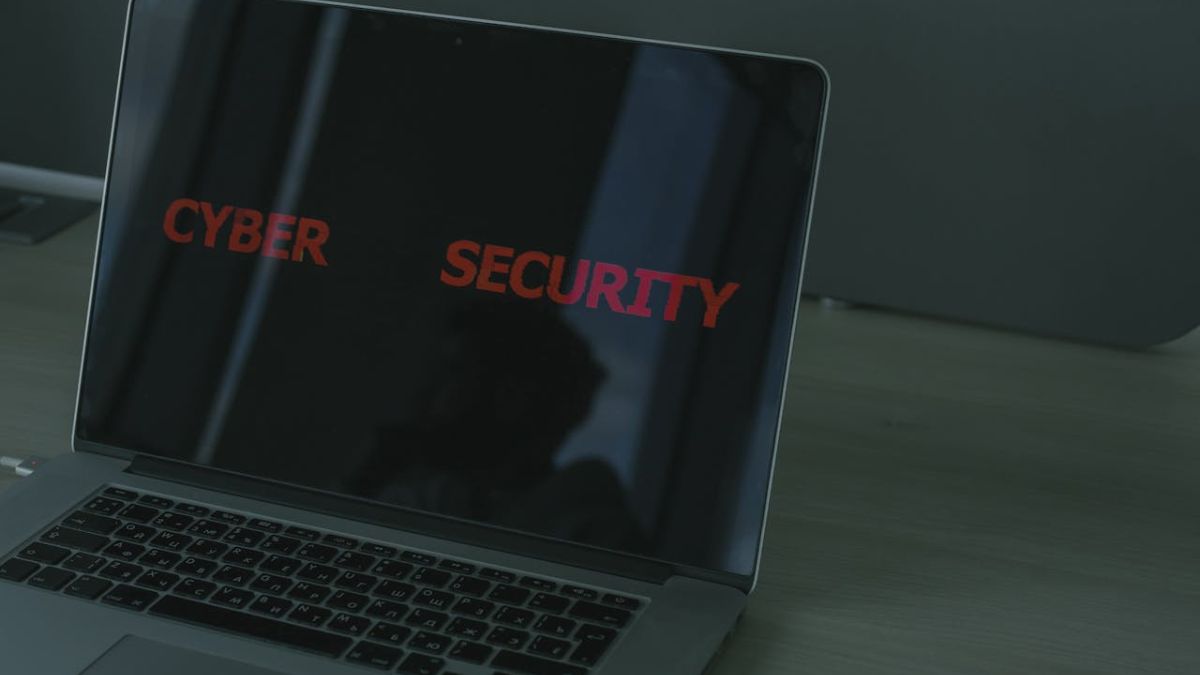Have you ever finally caught up with a tech trend—only for everything to change overnight? In today’s fast-moving digital world, new tools bring new threats, and staying safe feels like a full-time job. Risks are evolving faster than ever, from AI-driven scams to gaps in emerging tech. Staying protected now demands more than updates; it demands a whole new way of thinking.
In this blog, we will share how to prepare for the next big shift in digital safety—and why being proactive beats playing catch-up every time.
Why the Rules Are Changing Faster Than Ever
The digital world isn’t standing still. If anything, it’s sprinting. In just the past few years, we’ve seen massive changes. Remote work exploded. Cloud services became the norm. Personal data turned into the new currency for cybercriminals. Meanwhile, technologies like AI and machine learning opened new doors—both for innovation and for exploitation.
It’s not just businesses that need to worry anymore. Regular people are finding themselves targeted in sophisticated ways. Phishing scams today don’t just look like real emails. They sound like real conversations. Deepfake videos and voice cloning tools have added new layers of risk that were once the stuff of science fiction.
The truth is, attackers are getting smarter. They collaborate, share information, and innovate just like legitimate businesses do. To keep up, we need to think the same way.
That’s where cyber threat intelligence comes into play. It’s not enough to react to attacks after they happen. Understanding the landscape ahead of time—knowing who might target you, how they operate, and what signs to watch for—gives you a fighting chance.
It gathers information from countless sources, analyzes it, and turns it into real-world insights. Instead of guessing where the next attack will come from, organizations (and individuals) can act based on evidence. It’s like turning on a flashlight before walking into a dark room. You might still stumble, but you’re far less likely to fall flat on your face.
Preparing for the next digital safety shift isn’t about being paranoid. It’s about being informed—and ready to move faster than the threats around you.
Building Resilience from the Inside Out
Resilience is a buzzword in a lot of industries right now, but when it comes to digital safety, it actually means something important. It’s not about never getting attacked. It’s about bouncing back faster and stronger when you do.
The first step to building real resilience is knowing where you’re vulnerable. That sounds obvious, but it’s amazing how many people and companies skip it. They invest in flashy new software without addressing the simple gaps that attackers love most—like unpatched systems, weak passwords, or employees who don’t recognize a scam when they see one.
Real resilience starts with basics. Regular updates. Strong, unique passwords. Multi-factor authentication. Secure backups. Education for everyone in the network, not just the IT department.
But it doesn’t stop there. Resilience also means planning for worst-case scenarios. If ransomware locks your systems tomorrow, what’s your plan? If a hacker breaches your cloud storage, who gets alerted first? Having answers to these questions before they happen can mean the difference between a quick recovery and a long, painful disaster.
It also means accepting that threats are always evolving. What protected you last year might not be enough today. Staying resilient means staying humble enough to keep learning and adapting.
Collaboration Is the New Secret Weapon
One of the biggest myths about digital safety is that you can handle it alone. In reality, security is a team sport.
This is true for individuals who rely on platforms and service providers to protect their data. It’s true for businesses that need partners, vendors, and even competitors to share threat information. And it’s true for countries that realize cyberattacks don’t respect borders.
In recent years, we’ve seen a huge increase in collaborative security efforts. Information-sharing groups. Public-private partnerships. Even companies that usually compete in the marketplace are starting to cooperate when it comes to defending against common threats.
Why? Because the attackers are already collaborating. They exchange stolen data and trade tips on exploiting new vulnerabilities. Fighting back requires the same level of coordination on the defense side.
If you’re running a business, find ways to plug into larger security communities. If you’re managing your own personal digital life, use trusted resources and stay informed about emerging risks. Sharing information isn’t just polite—it’s essential.
The Future Belongs to the Proactive
If there’s one lesson to take into the next era of digital safety, it’s this: waiting to act until after something goes wrong isn’t good enough anymore.
Being proactive means setting up systems that catch small problems before they turn into big ones. It means building security into new projects from the start, not patching it on afterward. It means creating a culture—at work, at home, in your online communities—where staying safe is just part of how things are done.
It’s a mindset shift, but it’s one that pays off. Proactive organizations recover faster. Proactive individuals avoid bigger headaches. And proactive communities can push back harder against the growing tide of cybercrime.
Of course, there will always be surprises. Technology is too dynamic, and attackers are too creative, to predict everything. But the goal isn’t perfection. It’s preparation.
It’s building systems, habits, and networks that make you harder to fool, quicker to detect problems, and better equipped to recover when something slips through.
Moving Forward with Confidence
The next big shift in digital safety isn’t just coming—it’s already here. From AI-powered attacks to global ransomware campaigns, the threats are getting faster, smarter, and harder to spot.
But that doesn’t mean we’re powerless. Far from it.
With the right mindset, the right partnerships, and the right tools, we can move through this next chapter with confidence instead of fear. We can be the ones who spot the scam early, close the vulnerability fast, and keep building the digital future without constantly looking over our shoulders.
It’s not about being perfect. It’s about being prepared—and staying just one step ahead.












